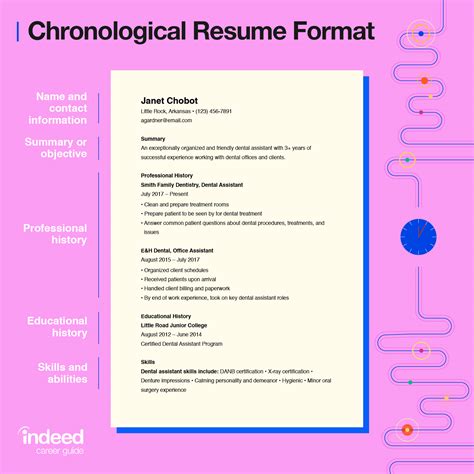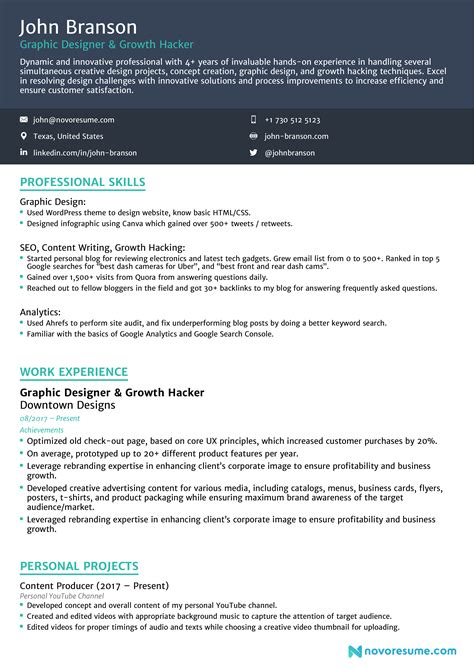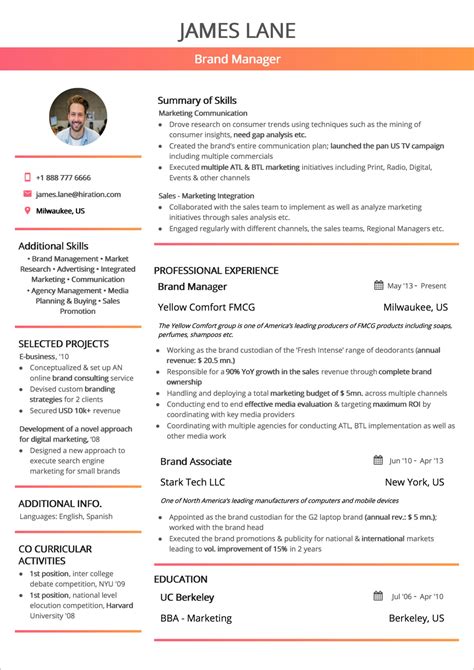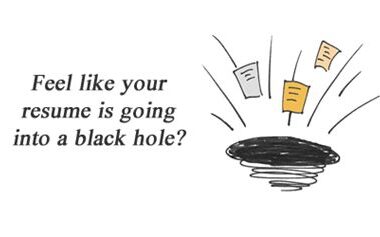In today’s competitive job market, your resume is not just a summary of your work experience; it’s a strategic tool that can catapult your career if crafted correctly. With hiring managers inundated with stacks of applications, standing out from the crowd is crucial, and it all starts with selecting the perfect resume format to showcase your strengths. Whether you’re a seasoned professional with a wealth of experience, a newcomer to the workforce eager to highlight your skills, or someone with a more eclectic background, there’s a resume format tailored just for you. In this post, we’ll explore the nuances of the three most common resume structures: the chronological resume, designed for those with a linear career progression; the functional resume, which focuses on skills rather than employment history; and the combination resume, which merges the best aspects of the other two. Understanding the pros and cons of each can be your first step towards landing your dream job.Explore resume formats: a guide to chronological, functional, and combination resumes to match your work history and highlight your skills effectively.
Understanding Different Resume Formats: Overview
When venturing into the job market, selecting the appropriate resume format can make a significant difference in how your professional story is narrated to potential employers. Each format has its own strengths, tailored to highlight various aspects of your career journey. The resume formats generally fall into three categories: the chronological resume, the functional resume format, and the combination resume. Understanding the nuances of each format can empower job seekers to present themselves in the best possible light, aligning their experiences with the expectations and requirements of their desired roles.
The chronological resume is traditional and widely accepted, straightforwardly mapping out a candidate’s work history in reverse chronological order. This format is particularly effective for those with a steady and progressive employment background, leaving little room for ambiguity about the career trajectory. On the other hand, the functional resume format pivots away from the timeline, bringing skills and achievements to the forefront—ideal for individuals with gaps in employment or those transitioning into new career sectors. Complementing the aforementioned is the combination resume, strategically blending the structured timeline of the chronological resume with the skills emphasis of the functional resume, thus offering a comprehensive view that satisfies employers looking for both a consistent work history and a clear demonstration of specific capabilities.
Chronological Resume: Ideal for a Steady Work History

When it comes to displaying a well-established career trajectory, the chronological resume format is the industry standard that most job seekers turn to. Its primary focus is on the continuity and progression of your professional experience, listing your work history in reverse order, starting from the most recent position and working backward. This layout is exceptionally beneficial for those who have a robust and steady work background with few or no employment gaps. It allows potential employers to quickly see the progression and growth in your career, making it easier for them to evaluate your experience relative to the job at hand.
Employers often favor the chronological resume because it clearly presents the sequence of your employment, outlining the advancements and significant milestones in your career. This format is straightforward and familiar to most hiring managers, thus enhancing its effectiveness in many traditional fields where a clear-cut history of professional development is prized. However, if you have significant employment gaps or are changing careers, a different resume format, such as the functional resume format or a combination resume, may be more suitable to highlight your skills over a strict timeline.
Functional Resume: Focusing on Skills over Timeline

When job seekers confront the task of crafting their resumes, the functional resume format emerges as a compelling option, particularly for those aiming to highlight their aptitudes and proficiencies rather than a chronological work history. This format strategically accentuates an individual’s skills and achievements, meticulously categorizing competencies into clusters that resonate with potential employers, all while de-emphasizing the chronology of their professional journey.
The functional resume is especially beneficial for career changers, individuals with gaps in their employment, or those entering the workforce with limited experience. By concentrating on specific talents and expertise, the functional resume format allows candidates to demonstrate how their unique skill sets align with the job requirements and make a persuasive case for their suitability, despite not having a traditional or linear career progression.
Combination Resume: The Best of Both Worlds

When it comes to painting a comprehensive picture of your professional journey, the combination resume format is unrivaled in its capacity to provide the most nuanced and complete perspective. This innovative format leverages the best features of the chronological resume and the functional resume format, merging them into a cohesive document that highlights both your work history and your skills. It is particularly useful for candidates who possess a substantial array of technical skills or those aiming to draw attention toward their career advancements over a mix of relevant positions.
Employers often favor the combination resume because it facilitates an easy understanding of a candidate’s professional development without sacrificing insight into their specific skills and competencies. It starts with a compelling summary that emphasizes a job seeker’s most pertinent qualifications and professional accomplishments, thereafter proceeding to a robust listing of skills that are tailored to the position being sought. Following this, a detailed work history that adopts the reverse-chronological format provides a clear timeline of employment, ensuring that recruiters get a well-rounded view of the applicant’s career progression and expertise.
Frequently Asked Questions
What are the main types of resume formats?
The main types of resume formats are chronological, functional, and combination. Each format serves a specific purpose and highlights different aspects of an applicant’s professional history.
Who should use a chronological resume format?
A chronological resume format is best suited for individuals with a strong, steady work history and clear progression in their career. It’s ideal for those who want to showcase their experience and professional achievements over time.
Can you explain what a functional resume format is?
A functional resume format focuses on the applicant’s skills and abilities rather than their chronological work history. This format is particularly useful for career changers, people with gaps in employment, or those with a diverse set of skills that are not tied to a specific job history.
What is the advantage of using a combination resume?
The combination resume format offers the best of both worlds by highlighting relevant skills and competencies while also providing a chronological list of employment. It’s beneficial for those with transferable skills and a solid work history.
In a functional resume, how should work experience be listed?
In a functional resume, work experience is typically listed in a brief section that includes only the job title, employer name, and dates of employment. The emphasis is on relevant skills and accomplishments, which are detailed in a separate section.
How does the combination resume format differ from the chronological and functional formats?
The combination resume format merges elements of both the chronological and functional formats. It emphasizes a detailed skills section at the top of the resume, followed by a reverse-chronological employment history. This allows the applicant to showcase both their skillset and work experience.
What tips can you offer for someone struggling to choose the right resume format?
Start by assessing your work history, skills, and career goals. For a straightforward career path, a chronological resume is often effective. If you’re changing careers or have gaps in employment, a functional resume might be more appropriate. If you have a mix of both, a combination resume can highlight your skills while providing the employment history that employers expect.







